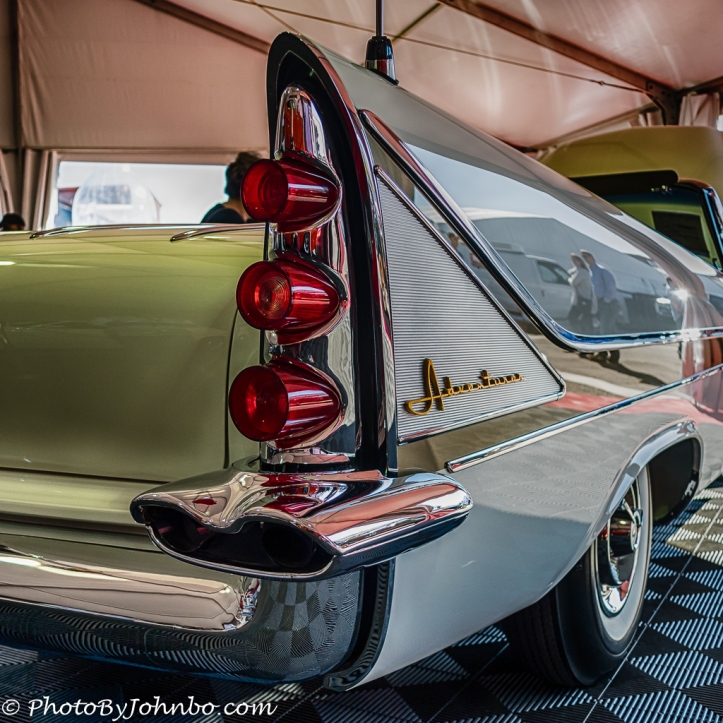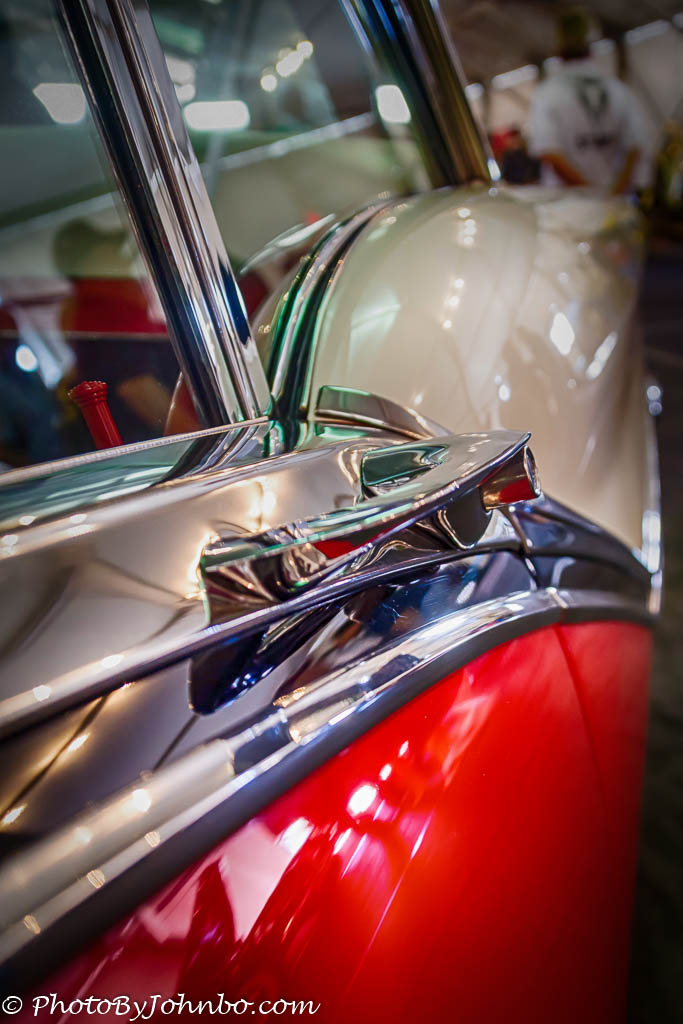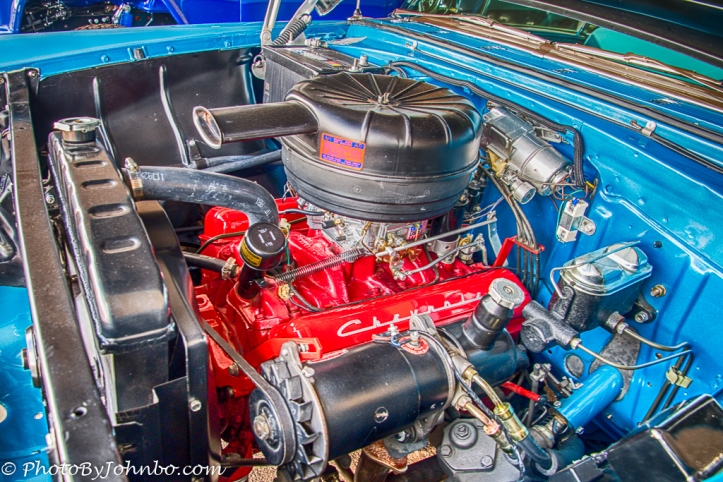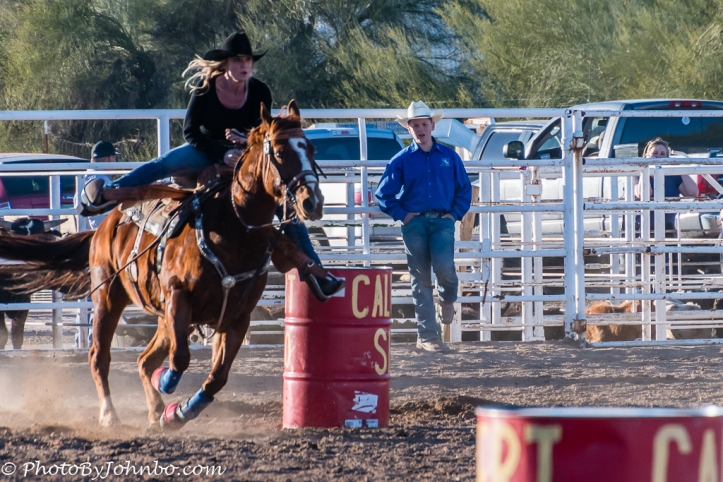 This week, Patti Moed shares some examples of “filling the frame” to bring the subject up close and personal. Hers are examples of shots that are improved by the technique. She writes, “This week, we invite you to explore filling the frame for Lens-Artists Photo Challenge #66. You can include images of buildings, people, objects, and/or elements from nature. Feel free to include shots of the same subject before you filled the frame and after you filled the frame.” You can read her entire challenge post here. When doing action photography, it is hard to “get it right” by framing the shot in camera. With so much motion and speed, it’s easy to cut off an important part of the subject. By allowing the camera the “luxury” of lots of space around the subject, once you get it on the computer, you can crop for best effect. The barrel racer above is an example.
This week, Patti Moed shares some examples of “filling the frame” to bring the subject up close and personal. Hers are examples of shots that are improved by the technique. She writes, “This week, we invite you to explore filling the frame for Lens-Artists Photo Challenge #66. You can include images of buildings, people, objects, and/or elements from nature. Feel free to include shots of the same subject before you filled the frame and after you filled the frame.” You can read her entire challenge post here. When doing action photography, it is hard to “get it right” by framing the shot in camera. With so much motion and speed, it’s easy to cut off an important part of the subject. By allowing the camera the “luxury” of lots of space around the subject, once you get it on the computer, you can crop for best effect. The barrel racer above is an example.
In the original photo, I had the camera in a wide angle setting and captured a lot of extraneous background in an effort to “lead the target” to be sure the high speed of the horse didn’t move the subject out of the frame. Unfortunately, I don’t have a lens with a very low aperture setting so the very busy background of fencing and the cowboy in the background create a real distraction to the subject. In the final image, I did a vertical crop to cut out all of the distractions on the right side of the image. I then used some of the layering and artistic tools in Photoshop Elements create a softer background in an effort to give the viewer a chance to focus more on the subject. Converting the image to black-and-white gave it an even stronger subject focus, I believe.
 When the subject is static, in-camera framing is a great way to focus on the part of a subject that you want to emphasize. In the image above, this 1957 De Soto Adventurer featured the then popular large tail fin along with a vertical set of tail lights and chromed exhaust. The Adventurer logo prominent on the side boldly proclaims its identity. Over the years, I’ve focused on hundreds of classic automobiles and those small but iconic portions of the vehicle that make it instantly recognizable to the initiated. I present for your review a collection of some of my favorite automotive classics. In most browsers, you can click on an image to enlarge it for a better view.
When the subject is static, in-camera framing is a great way to focus on the part of a subject that you want to emphasize. In the image above, this 1957 De Soto Adventurer featured the then popular large tail fin along with a vertical set of tail lights and chromed exhaust. The Adventurer logo prominent on the side boldly proclaims its identity. Over the years, I’ve focused on hundreds of classic automobiles and those small but iconic portions of the vehicle that make it instantly recognizable to the initiated. I present for your review a collection of some of my favorite automotive classics. In most browsers, you can click on an image to enlarge it for a better view.

This is one of my favorite images, a mid-1950’s era Ford coupe. I could tell you the year if I could see the tail lights, but truth is, I don’t remember that detail anymore. My point of emphasis for this shot is the body design curves.
A beautiful example of Ford’s classic station wagon series is the 1957 Ranch Wagon shown above.
 The distinctive tail fin assembly is understated for its year in this 1959 Oldsmobile.
The distinctive tail fin assembly is understated for its year in this 1959 Oldsmobile.
 This 1942 Lincoln Zephyr features the massive use of chrome popular at the time.
This 1942 Lincoln Zephyr features the massive use of chrome popular at the time.
 Finally, my last example fills the frame with the iconic Chevrolet V-8 engine found in a 1957 Bel Air.
Finally, my last example fills the frame with the iconic Chevrolet V-8 engine found in a 1957 Bel Air.
Thanks to Patti for allowing me the pleasure of sharing some of my favorite classic automobile photos captured over the years.
John Steiner



Love the car ones, John 😁
Thanks! One of my favorite pastimes is “shooting” classic cars. 🙂
Those cars introduced amazing had lines which have been un-invented since. Lovely captures
Thanks! The commonization of design is unfortunate. But it is being done to maximize fuel efficiency. All cars look alike these days.
You once taught me about shooting pics with extra room for cropping… It’s been very helpful!
That also makes it easier to apply the Rule of Thirds!
Ooooh. Nice! As I recall, the commercial went “It’s de-lightful, it’s de-lovely, it’s de-lirious, it’s de-latest, it’s Desoto!” I think we had a ’57 Dodge Custom Royal with big fins and push button transmission. Don’t make ’em like that anymore!
Yup, I think you got those lyrics right. That car was a beautiful example of mid-century American automobile design.
Wonderful post, John! Your before and after shot really hones in on the important points. Your classic car shots are fabulous, too. This is a great lesson on cropping and filling the frame. 🙂 🙂
Thank you! Always enjoy sharing classic car pics. 🙂
You do love your cars John – and you make us love them too! Beautifully done, and I love the image of the horseback rider too. Great action shot. Good explanation on why cropping is sometimes a better option BTW.
Thank you! I do love those classic cars!